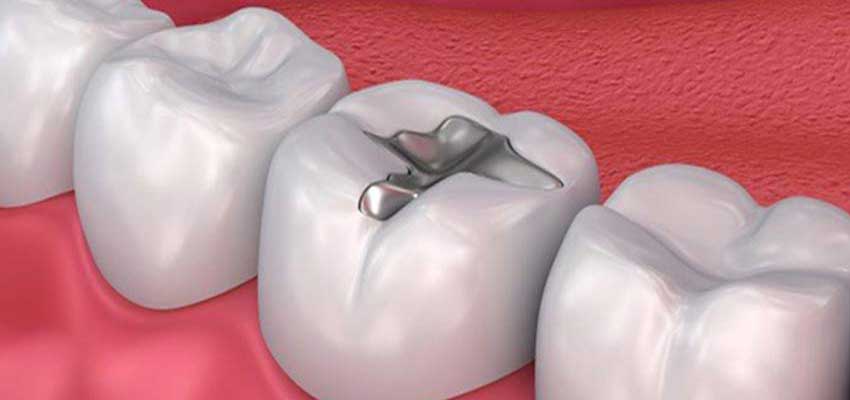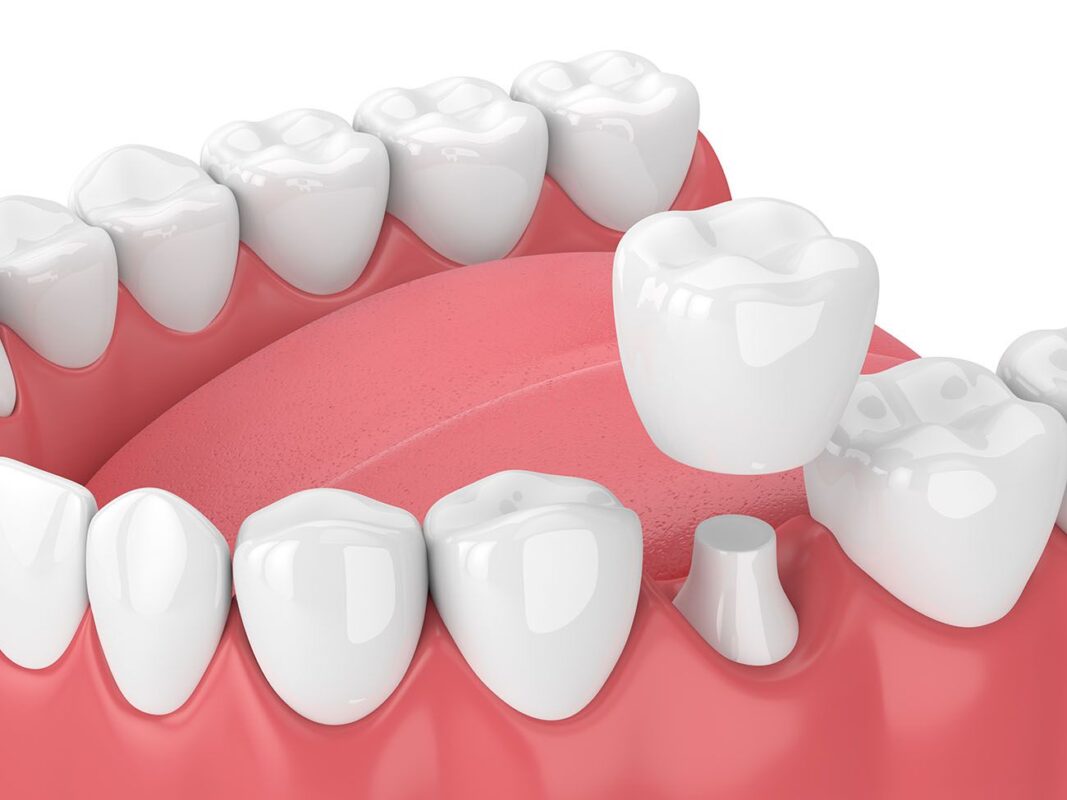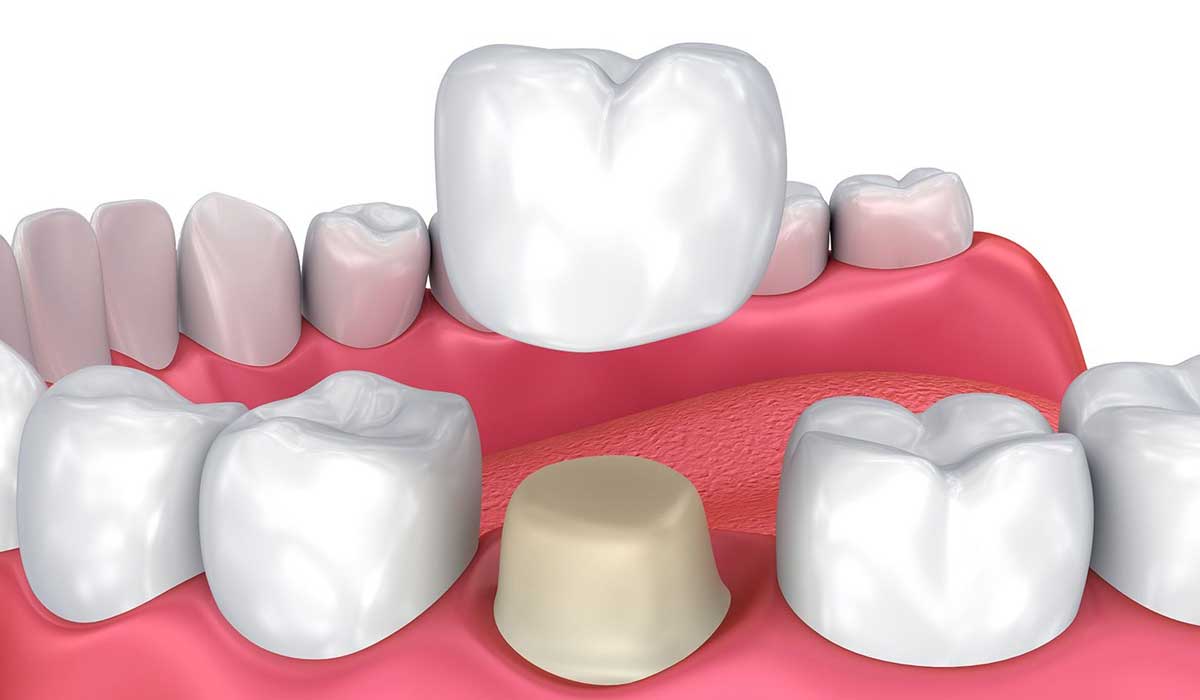Dental Crown

Nowadays, many people of all ages and classes resort to cosmetic dentistry techniques, and among these techniques that have gained great popularity and wide spread is the dental crown.
A dental crown is your way to get a bright smile, which is one of the secrets of facial attractiveness and a sign of its beauty. It does not only give the person an attractive appearance and self-confidence, but also highlights his beauty even more. A perfect smile can only be achieved with pearly white, healthy teeth, arranged in a harmonious and elegant manner.
What Is a Dental Crown?
A dental crown, also known as a dental cap, is a tooth-like covering that is placed over a damaged tooth in the gums. It is considered one of the effective cosmetic solutions for many dental problems, such as fractures, decay, discoloration, and others, in order to restore its natural function, protect it, and keep what remains of it safe from damage and erosion.

What Are the Most Important Reasons for Using Dental Crowns?
The most important reasons for using a Dental Crown include:
- Dental Implant Coverage: Dental crowns are used to cover dental implants. Dentists evaluate the condition of the tooth and coordinate with the patient to make a decision to place the crown.
- Replacing ill-fitting fillings: In case dental fillings are not suitable or fail to restore the shape, function, and appearance of damaged teeth.
- Improve dental aesthetics: Dental crowns can be used to improve the aesthetics of teeth that cannot be improved by simple cosmetic treatments.
- Maintaining structural stabilityDental crowns are used to stabilize teeth and reduce the risk of fractures, especially back teeth that are exposed to high biting forces.

Dental Crown Placement Procedures:
During the first stage of the dental crown procedure, the dentist prepares the tooth by filing and polishing it according to the type of material used. After that, the dentist takes a preliminary impression of the tooth using special materials or takes pictures using CAD-CAM technology.
The dentist then sends the information to a dental laboratory to produce temporary crowns, either directly or indirectly. The dentist makes sure the tooth is clean to avoid bacteria, and tries on the permanent crown to make sure it matches the rest of the natural teeth and that the patient's bite is correct. Finally, the dentist attaches the crown using a special cement and fixes it using ultraviolet light.
To learn more about the differences between crown types and their uses, you can read our article on Dental Crowns and Fillings
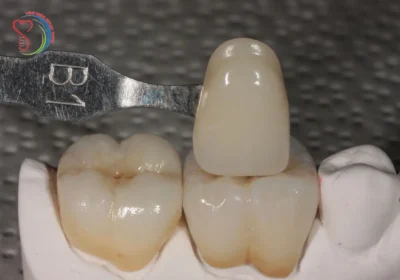
Important Tips to Follow After Installing a Dental Crown:
- Daily care: The crown and surrounding teeth should be kept clean by brushing with a soft toothbrush and flossing regularly.
- Avoid solid foods: It is advisable to avoid eating solid foods that can affect or damage the crown.
- Avoid hot and cold drinks.Hot and cold drinks should be avoided for a short period after the crown is placed to avoid expansion and contraction of the crown.
- Regular visits to the dentist: It is important to maintain regular visits to the dentist to check the crown, ensure its safety, and monitor the condition of the other teeth.
- Use of night standIn some cases, your dentist may recommend using a night guard to protect the crown from excessive pressure while you sleep, especially if there are overbites.
- Adhere to the doctor's instructions: The patient must adhere to all of the dentist's instructions regarding the care and maintenance of the crown.
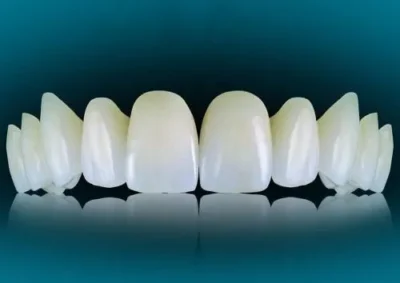
What Are the Most Prominent Types of Dental Crowns Available?
- stainless steel crown: It is usually used to protect the tooth or as a temporary filling, and is considered suitable for children because it adapts to the baby's teeth, and when the baby tooth falls out, the crown falls out naturally with it, making room for the permanent tooth. In addition, the solid crown does not require frequent visits to the dentist and is affordable compared to custom-made crowns.
- Metal crown: It is made of alloys containing a high percentage of gold or platinum, and despite its color defects, it is resistant to biting and chewing, lasts longer in terms of corrosion, and rarely breaks.
- Porcelain crown: It is a possible option for people who suffer from metal allergies, and it provides colors that are more similar to natural teeth than any other type.
- Porcelain and metal crown: It is suitable for front or back teeth, as well as long bridges, but the metal behind the porcelain crown may sometimes show at the gum line.
- resin crown: It is the least expensive type of crown, but it wears down over time and is more prone to breakage than metal-ceramic crowns.
- Emax Crown: One of the latest and most attractive types of ceramic crowns, made from **lithium disilicate** material. It features high translucency and strong durability, making it an excellent choice for both front and back teeth, as it combines beauty with strength.
You can read more about it here: Emax Crowns
Each type of crown is chosen based on the patient's needs and the dentist's recommendations.
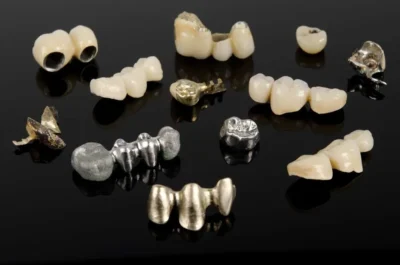
Finally:
In conclusion, taking care of your dental health is an essential part of your overall health and personal beauty. By following your dentist’s advice and taking good daily care, you can maintain your crown and enjoy its benefits for years to come. Don’t hesitate to follow up on regular checkups and maintenance visits, ensuring that your smile remains beautiful and healthy at all times. Always remember that taking care of your dental crown helps boost your self-confidence and feel comfortable and satisfied in your daily life.
Please enter your data correctly
We will contact you as soon as possible.


